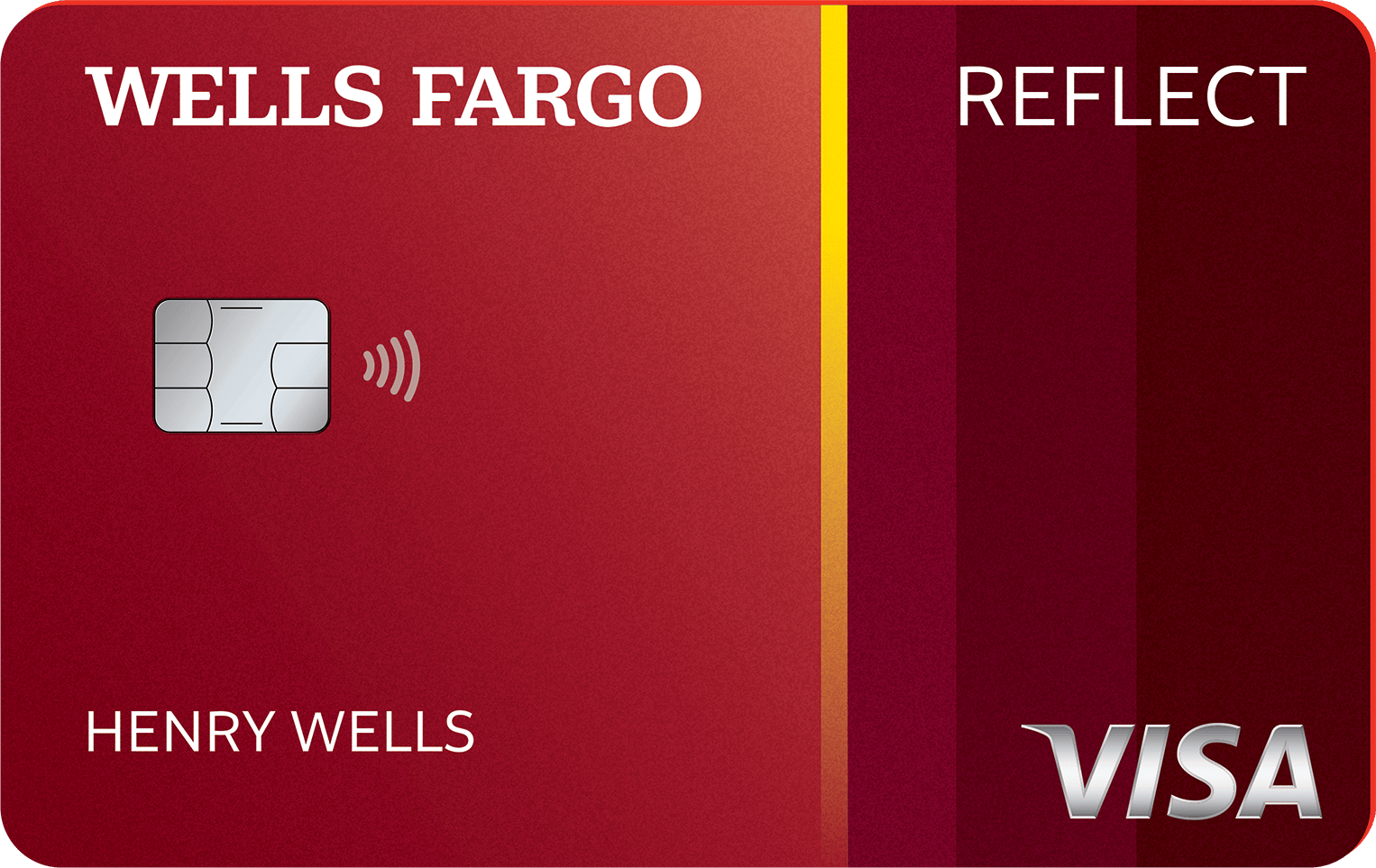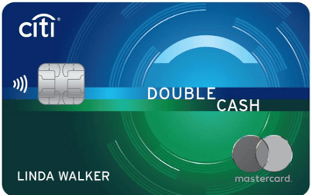What Is a Good APR for a Credit Card?
A good APR varies based on your creditworthiness and the type of card you have.

Many or all of the products on this page are from partners who compensate us when you click to or take an action on their website, but this does not influence our evaluations or ratings. Our opinions are our own.
What defines a good APR for a credit card is relative. It depends on the type of card you're looking at, as well as your own credit.
A credit card APR below 10% is definitely good, but you may have to go to a local bank or credit union to find it. The Federal Reserve tracks credit card interest rates, and an APR below the average would also be considered good.
The best possible APR on a credit card is 0%, which you can get for an introductory period on many cards. In addition, if you pay your credit card in full every month, your APR doesn't even matter, since you won't get charged interest.
If you have good credit, a good credit card APR may be easy to come by — but what qualifies as a “good APR” can vary based on several factors.
The APR, or annual percentage rate, is the interest rate charged on a credit card balance. Some credit cards charge the same APR to all customers. Others have APR ranges — for example, 16.99% to 26.99% — and where you fall in that range is determined by your creditworthiness. That’s why the lowest advertised APR isn’t always what you'll get.
In general, though, the better your credit, the better the APR you can qualify for.
Credit card APRs are typically tied to a benchmark figure called the prime rate. That's the rate banks charge their most valuable customers — the biggest ones with the best credit. When the prime rate increases, credit card interest rates usually do, too.
What is a good APR for a credit card?
The best APR you can get on a credit card is 0% — but it's only temporary. Many cards offer a promotional 0% APR to new customers for 12 months or more. After the introductory period runs out, the card's interest rate resets to the ongoing APR.
Of course, if you don't carry a balance from month to month, the APR is irrelevant because you'll never be charged interest. But if you do carry a balance, as about half of Americans who have credit cards do, then the APR determines how much interest you pay over time.
How to evaluate credit card APRs
As of November 2023, the average APR charged for credit card accounts that incurred interest was 22.75%, according to the Federal Reserve. For all accounts, the average was 21.47%. If your APR is below the average, you can probably consider it good.
But not all credit cards are created equal, and some will be more expensive to carry a balance on than others. For example, a rewards credit card with benefits and perks is likely to have a higher APR — or an APR range that reaches higher — than a bare-bones card.
And different transactions — purchases, balance transfers and cash advances — may have different APRs on the same card. There’s even sometimes a penalty APR for late payments. These rates are spelled out in the credit card's terms and conditions, so be sure to review them.
If a low APR on purchases is your priority, consider researching options from credit unions, where interest rates on credit cards tend to be lower than at major banks.
What to expect from credit cards with low APRs
Depending on the issuer, low-interest credit cards usually require a good credit score — 690 or higher — to qualify.
These cards may lack some of the bells and whistles of rewards credit cards, but they can save you money on interest if your account has a balance each month — such as from financing a large purchase or transferring an existing high-interest balance to the card.
Cards with a 0% introductory APR offer are ideal for paying down transferred debt or financing a large purchase interest-free. The Wells Fargo Reflect® Card, for example, offers a lengthy 0% intro APR period: 0% intro APR for 21 months from account opening on purchases and qualifying balance transfers, and then the ongoing APR of 17.24%, 23.74%, or 28.99% Variable APR.
If you're the sort of person who regularly carries a balance from month, to month, you'd be better served by a card with a low ongoing rate. If your credit is good, you can find ongoing APRs under 10%, usually from credit unions. Even some secured cards for people with bad credit offer a low APR, though you'll usually have to pay an annual fee to access it. See our rundown of cards with low ongoing APRs.
What to expect from credit cards with high APRs
Rewards credit cards and store credit cards tend to have higher APRs. They may offer valuable benefits, perks or discounts, but they aren't ideal if you carry a balance each month, as the interest can more than offset the value of your rewards.
As an example, consider the Citi Double Cash® Card, which has long had a place on NerdWallet's list of best rewards credit cards. It earns 1% cash back on every dollar you spend, then another 1% cash back for every dollar you pay off. It offers an intro 0% intro APR on balance transfers for 18 months, and then the ongoing APR of 18.24%-28.24% Variable APR.
Store credit cards can have even higher APRs than general rewards cards. Consider the Banana Republic Rewards Mastercard® Credit Card: The ongoing APR is 33.99% Variable APR.
And APRs may be higher still on some store cards' deferred interest promotions, which advertise “no interest if paid in full” within a certain timeframe. (If you still owe money when the promotional period ends, you’ll be charged all the interest that’s been accumulating, retroactively.)
Qualifying for a better credit card APR
While you may not be able to control all factors that determine your APR, you can be proactive in maintaining or polishing your creditworthiness. You can also take a shot at negotiating a lower APR with your creditor.
If it turns out your credit score needs a boost, the following steps could help you qualify for a lower APR in the future:
Monitor your credit score.
Make payments on time.
Lower your credit utilization — don’t use more than 30% of available credit.
Avoid applying for several credit cards at once,
Keep your current no-annual-fee credit cards open and active with small purchases.
Monitor your credit report; get a free report from each of the three major bureaus every year at annualcreditreport.com.
With a few moves, you can set the foundation for a lower APR that leaves more money in your pocket.
Find the right credit card for you.
Whether you want to pay less interest or earn more rewards, the right card's out there. Just answer a few questions and we'll narrow the search for you.



